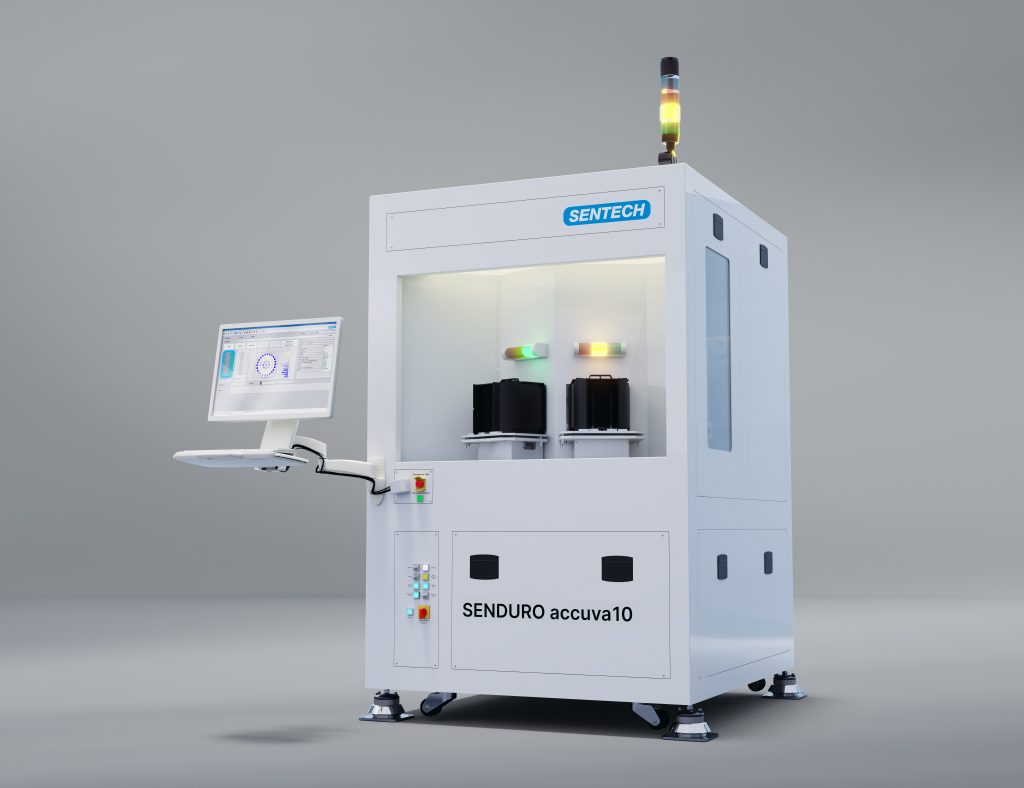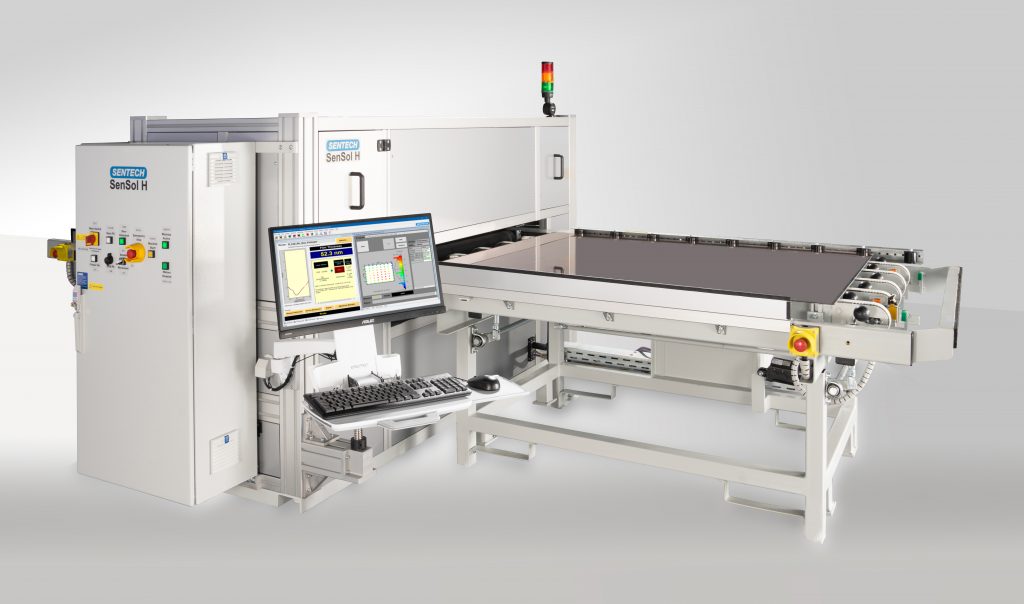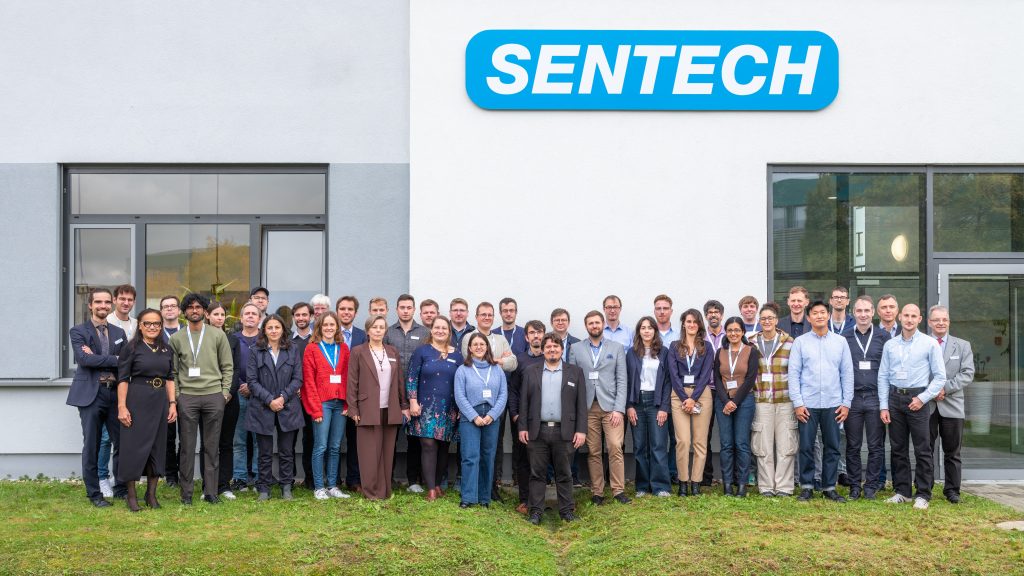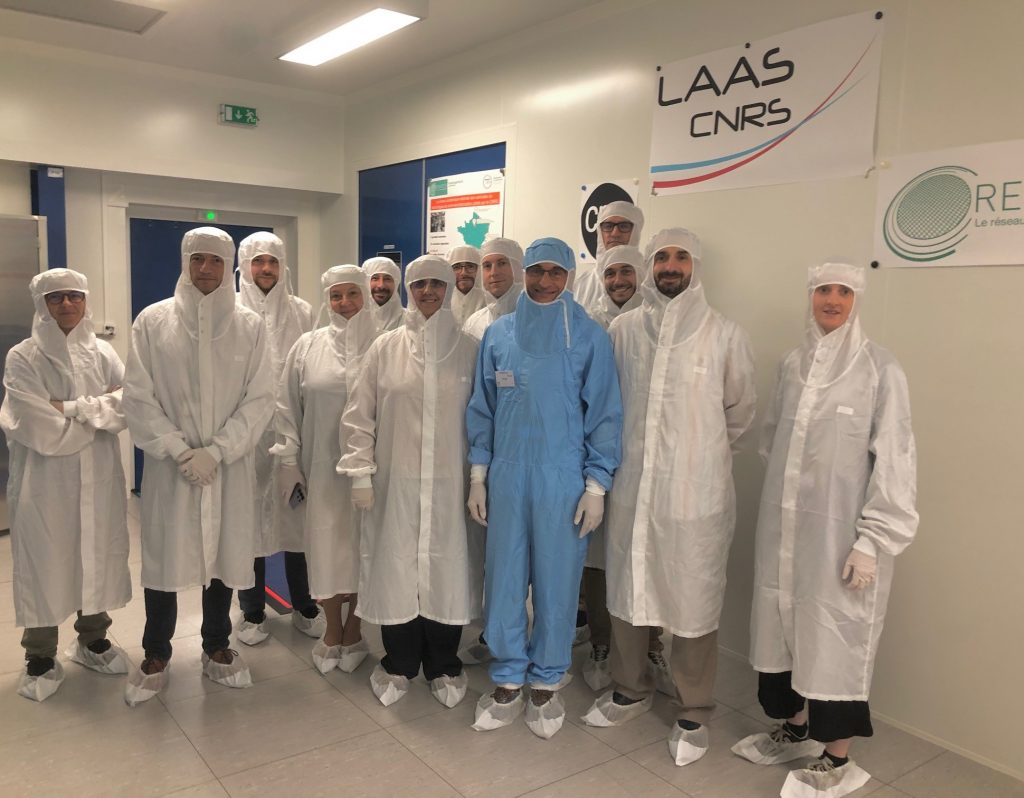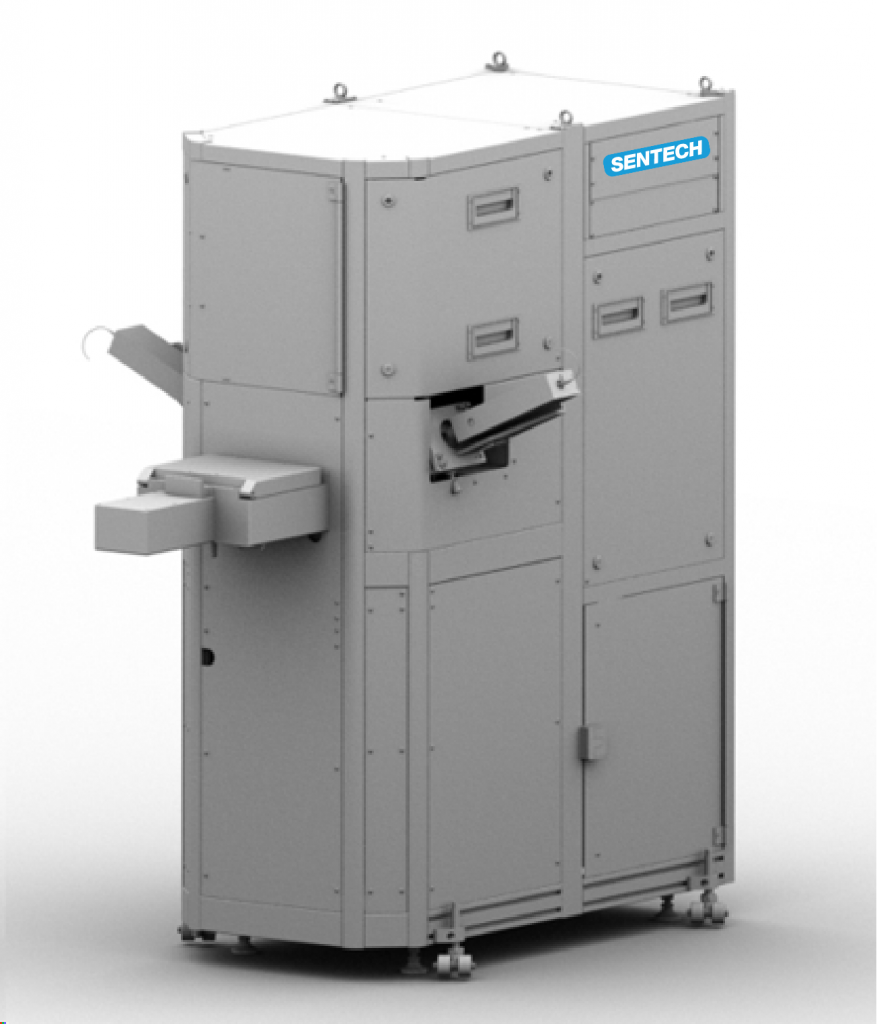质量控制计量学
质量控制的重要性是什么?
Why Quality Control is Critical for Nanoelectronics, MEMS, and Semiconductor Device Research
Quality control is a cornerstone of research in nano and microtechnology, where precision at the atomic and micro-scale is critical for advancing semiconductor science. In devices such as semiconductors, microelectromechanical systems (MEMS), and nanoscale sensors, even minute defects can compromise experimental outcomes, skew results, or limit reproducibility. Ensuring rigorous quality standards is therefore essential for the development of next-generation electronic and photonic devices.
In research applications, quality control encompasses systematic inspection, metrology, and characterisation of nano- and microfabricated components. High-resolution measurement techniques, including scanning electron microscopy (SEM), atomic force microscopy (AFM), and spectroscopy methods, are employed to detect structural, morphological, or material inconsistencies. These methods provide quantitative data on parameters such as surface roughness, layer uniformity, and electrical performance, which are critical for validating experimental hypotheses.
Investing in robust quality control during research accelerates innovation in semiconductor and MEMS technologies. It systematically correlates fabrication parameters with device performance, minimises experimental errors, and advances fundamental understanding of nanoscale phenomena. As nanoelectronics and microtechnology continue to push the limits of miniaturisation, quality control remains an indispensable aspect of experimental research, driving both scientific discovery and technological progress.
At SENTECH, our advanced metrology systems for quality control support researchers in characterising nano- and micro-scale structures with unmatched precision. By integrating these tools into experimental workflows, you can generate reliable data, optimise fabrication processes, and ensure reproducibility.

